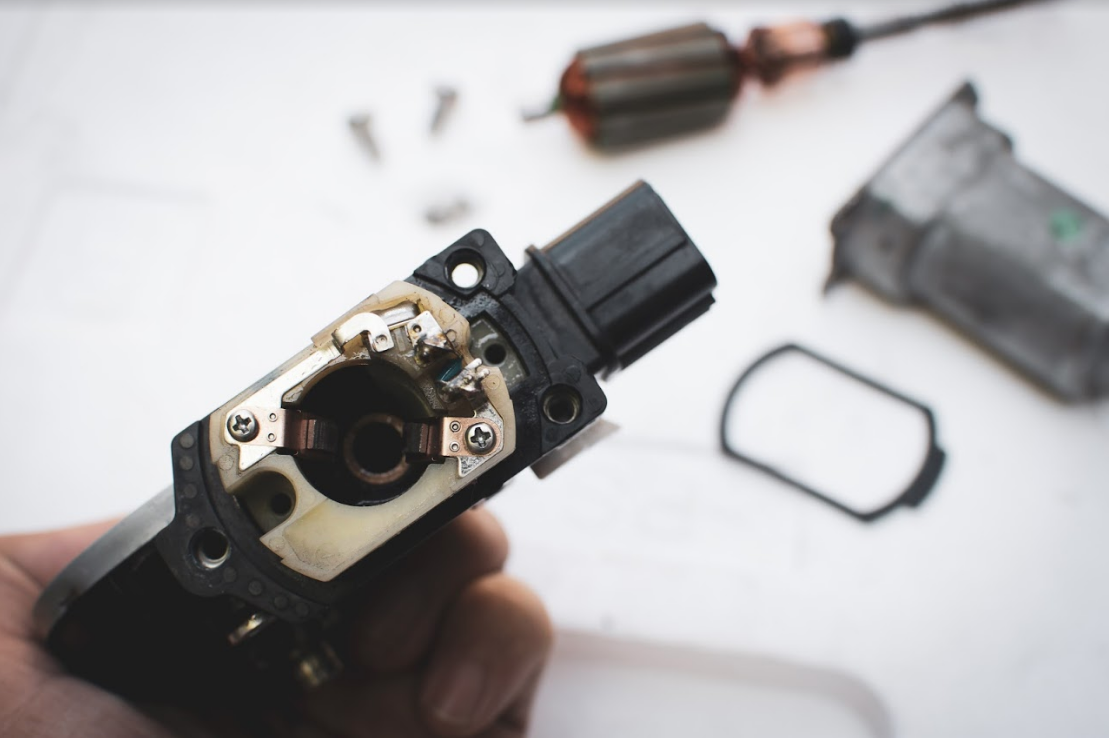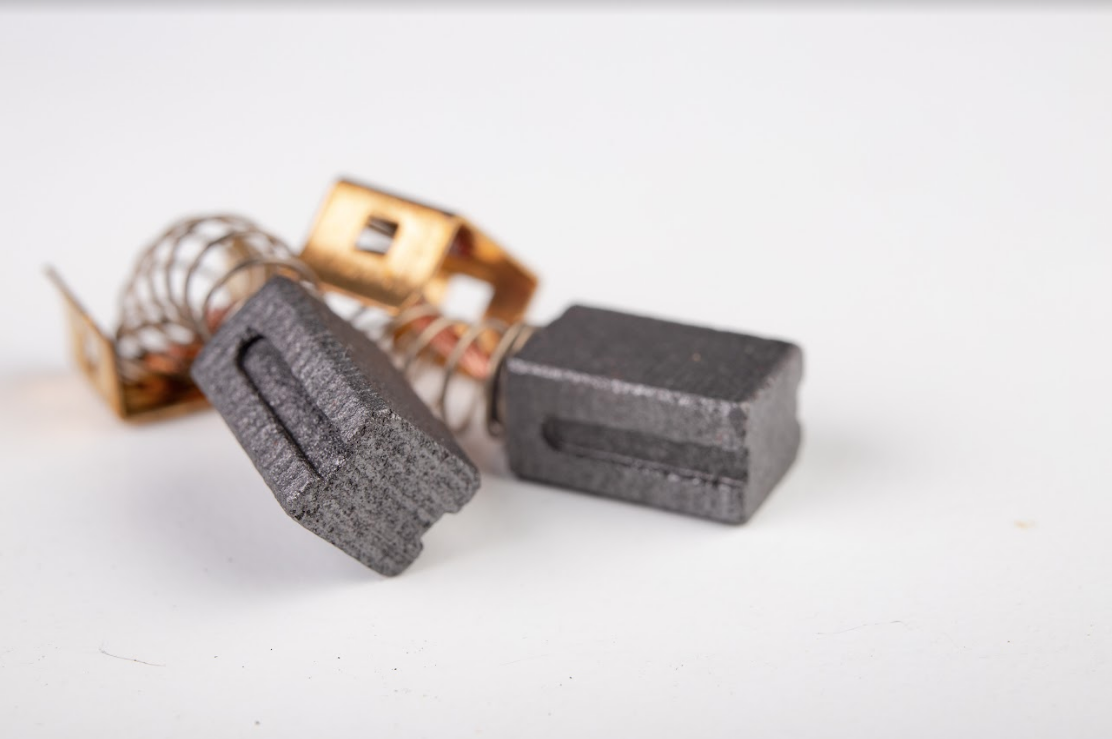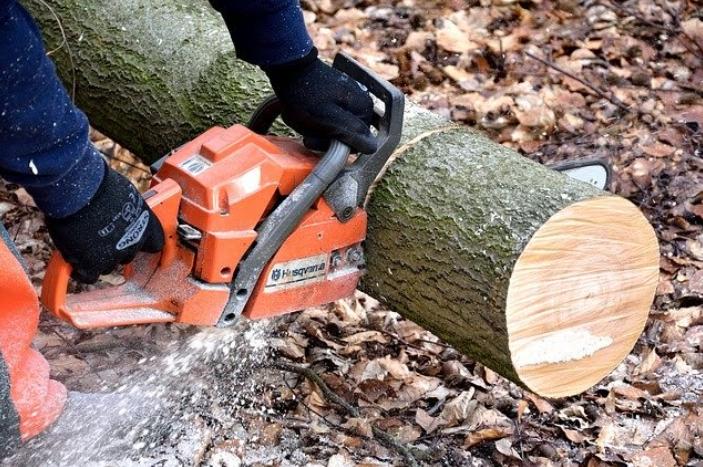What Are Carbon Brushes Used For?

If you are doing some work in your garage this weekend, you might want to know what carbon brushes are. Keep reading!
 Photos By: Adobe Stock Images
Photos By: Adobe Stock Images
Carbon brushes, commonly denoted as sliding contacts, are electromechanical components which generate electric currents from stationary wires to rotating areas of alternators and generators. Likewise, these brushes aid in conveying electricity from outside the motor to its mid part which is known as the spinning area of the motor.
Originally, carbon brushes were made of wire which appeared like the standard wire brushes. However, it was discovered that the wire-made brushes tend to wear the commutator quickly, which, consequently, contributed to some issues. Presently, carbon brushes are soft and these tend to wear down due to friction exposure. This wear and tear design is excellent as this makes them easily replaceable. Moreover, carbon brushes play the role of minimizing the damage to the motor. The block of carbon, referred to as a brush, delivers the current back and forth from the stationary parts of a motor to the kinetic parts. Due to its practicability, these tools are utilized in various ways. Curious enough? Here are the ways carbon brushes are used for:
1. Industrial Use
Carbon brushes are utilized on rotary commutator electric switches in heavy-duty resources such as electrical generators and electric motors. These also facilitate the processing of equipment motors in windmills, cement plants, and hydropower generation plants. Due to their crucial role in the engines of construction trucks, industrial carbon brushes are used to fuel battery-driven cars, cable cars, and trolley buses. Brushes connect the generator to the rotor via the commutator. Because the brushes are shaped to wear and tear, rotating parts and static parts are safeguarded from damage. For this reason, industrial brushes are specially designed to withstand extreme temperatures. Additionally, before purchasing one, try checking the numbers on carbon brushes. Commonly, these are stamped on the face of the carbon. Reviewing such grade is important as this allows you to know the composition of the brush.
2. Household Use
Micro-carbon brushes are often inserted inside battery-operated mini motors. This is done to convey power silently and with the least amount of friction to kinetic parts such as wheels, razors, and even in audio equipment. Moreover, did you know that your home appliances are powered by carbon brushes? These tools are typical parts in household appliances. However, the carbon brushes used in these are smaller compared with their automotive and industrial counterparts. Power tools such as vacuum cleaner turbines, hair and hand dryers, and washing machines are common applications of this type of carbon brush. Apart from this, some of the usual tools you need for garden maintenance are operated by carbon brushes.

3. Automotive Use
Universally, cars run on direct current (DC) motors. These vehicles use small and auxiliary carbon brushes for DC motors, starters, and alternators. Alternators are wire-looped rotors which generate a magnetic field when current runs through it. Consequently, this transmits mechanical energy to electrical energy. Moreover, carbon brushes are utilized in diesel- and oil-powered vehicles. This is a requirement for airbags to operate during impact. The brushes are maximized by steering wheels when the car is in motion.
The Takeaway
With their wide array of uses, carbon brushes are crucial for the proper functioning of machines and devices. The brushes produce electric currents for alternators and generators of various resources. With this in mind, it’s essential to conduct frequent motor cleaning to make sure that air filters offer clean air to the motor. This also averts commutator wear and copper dusts from accumulating and damaging your brushes.







Leave a Comment